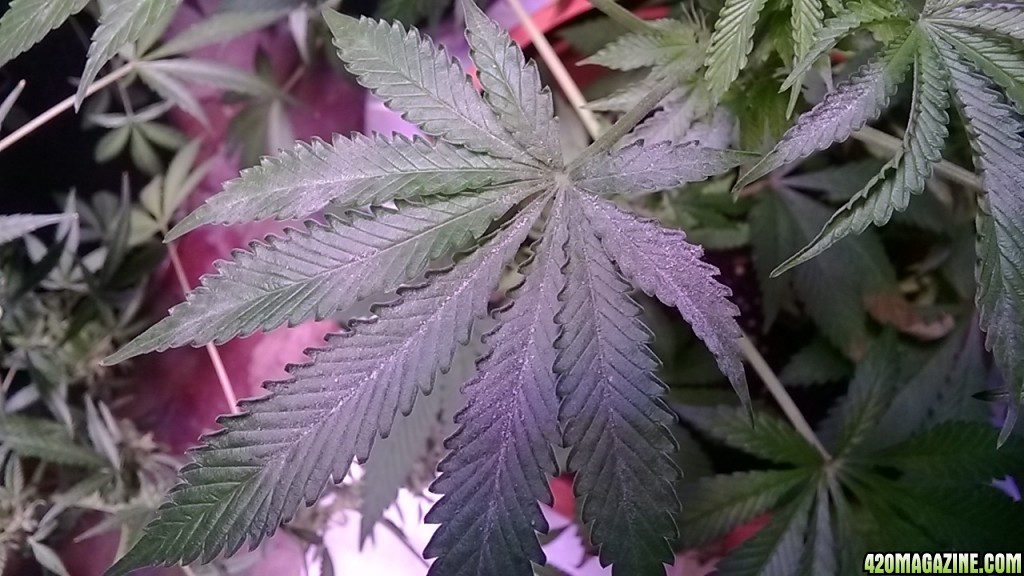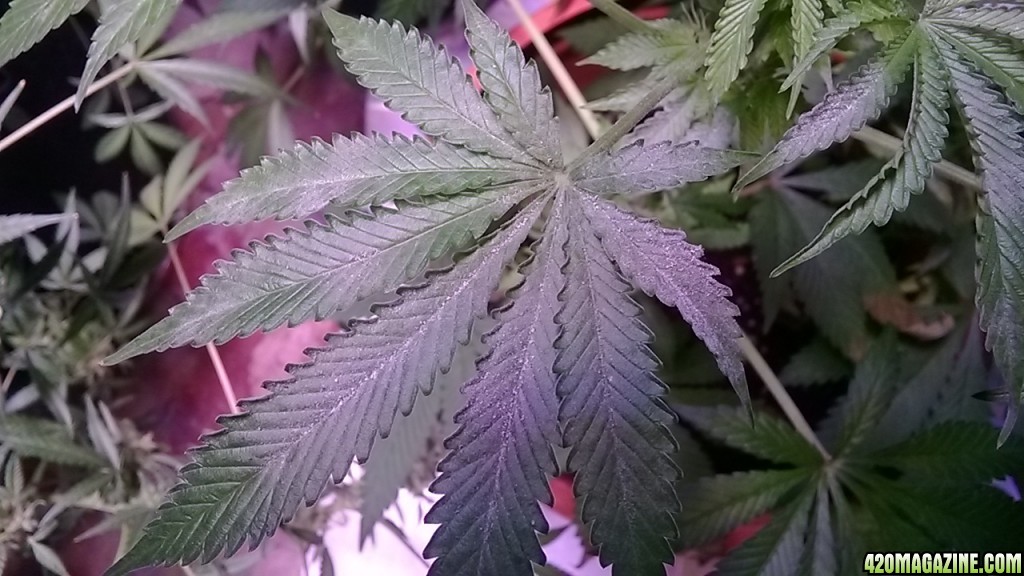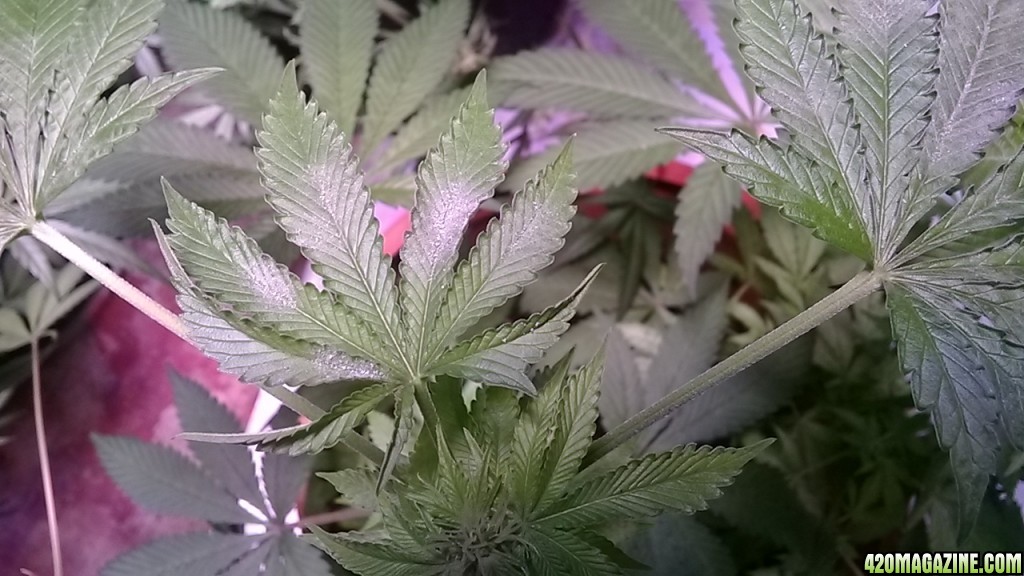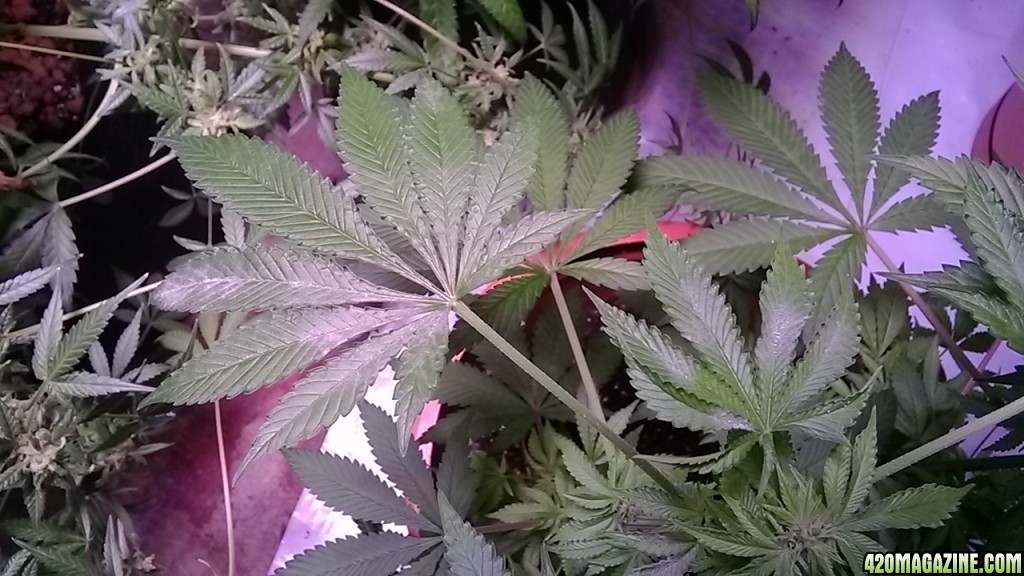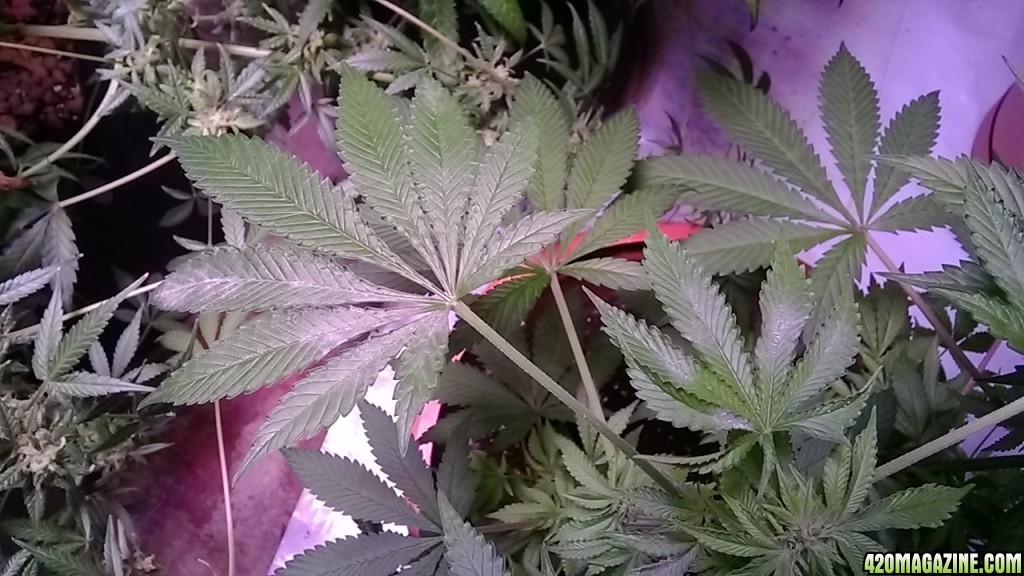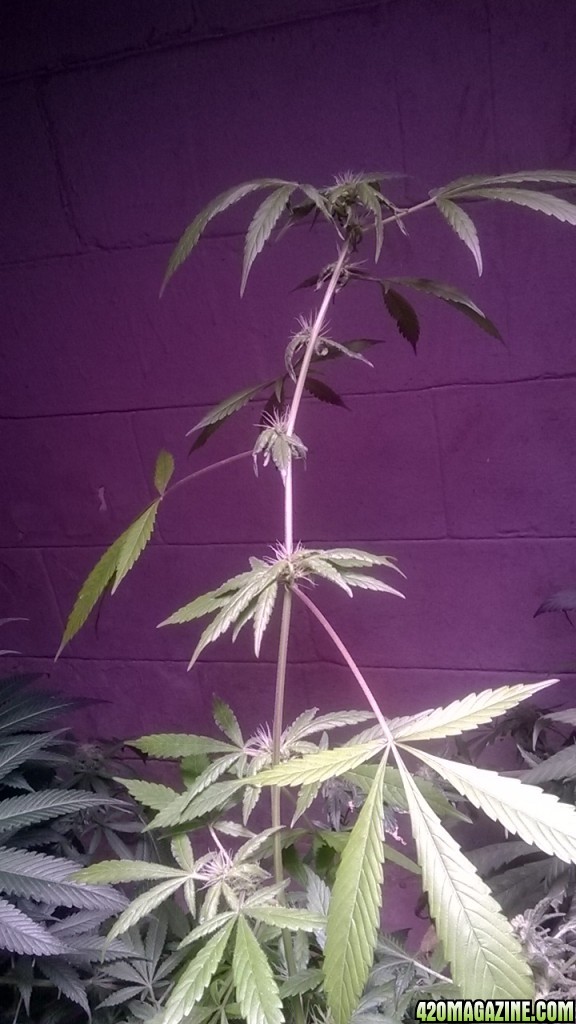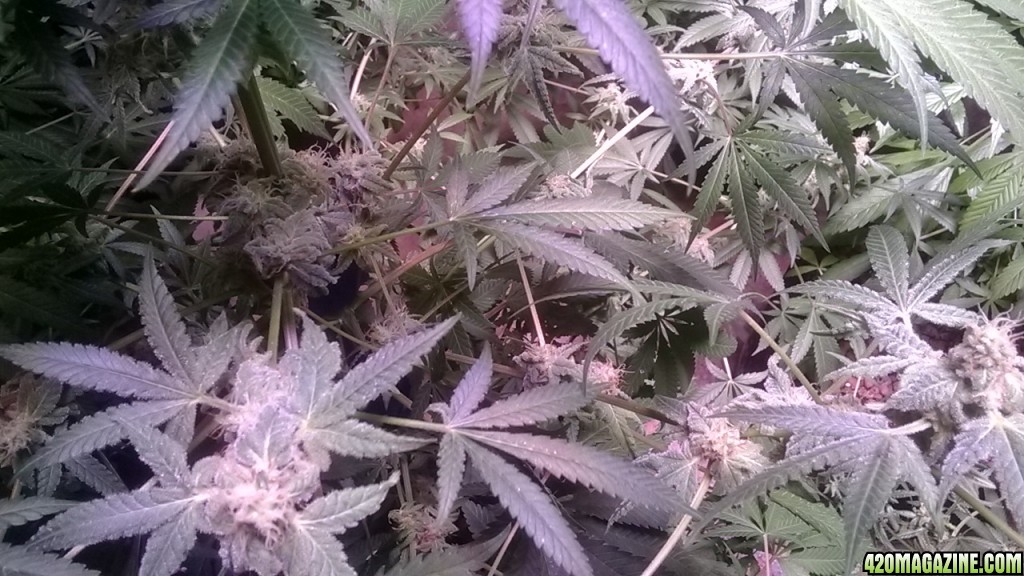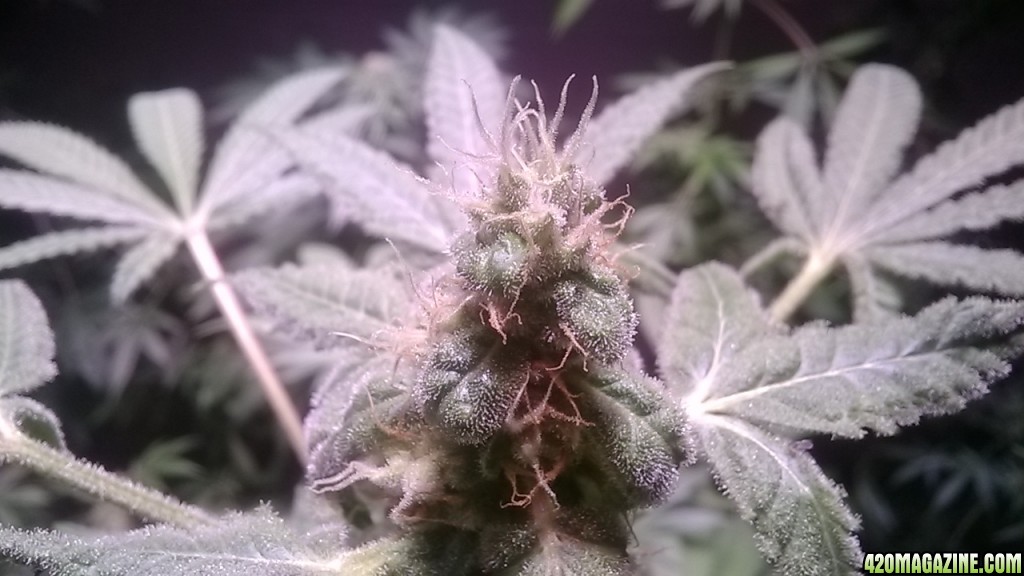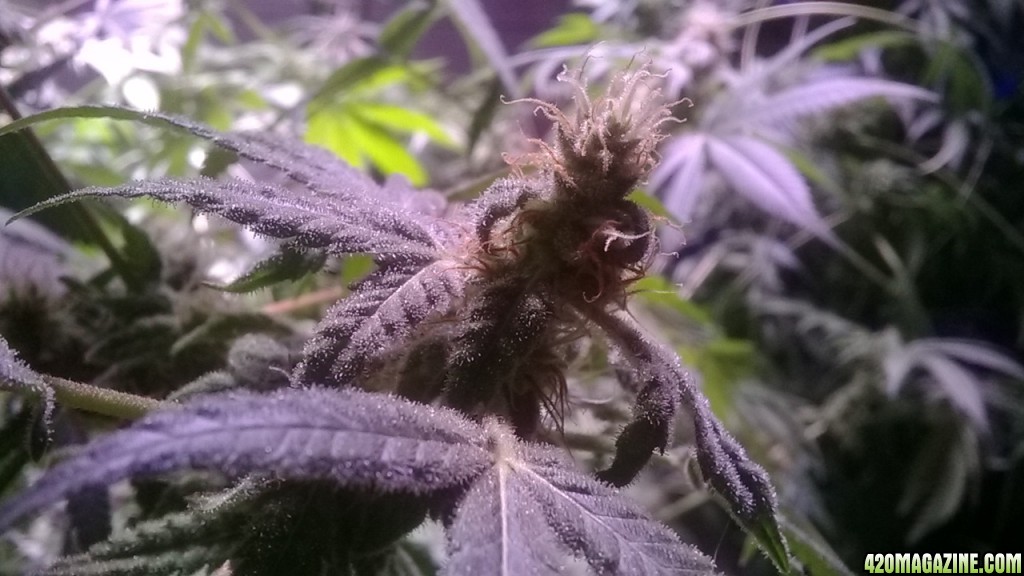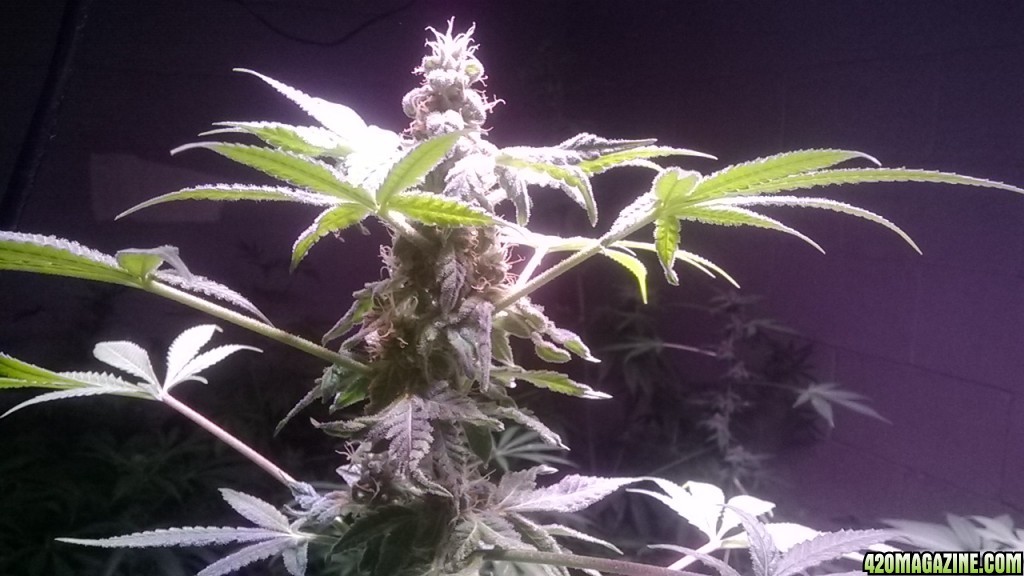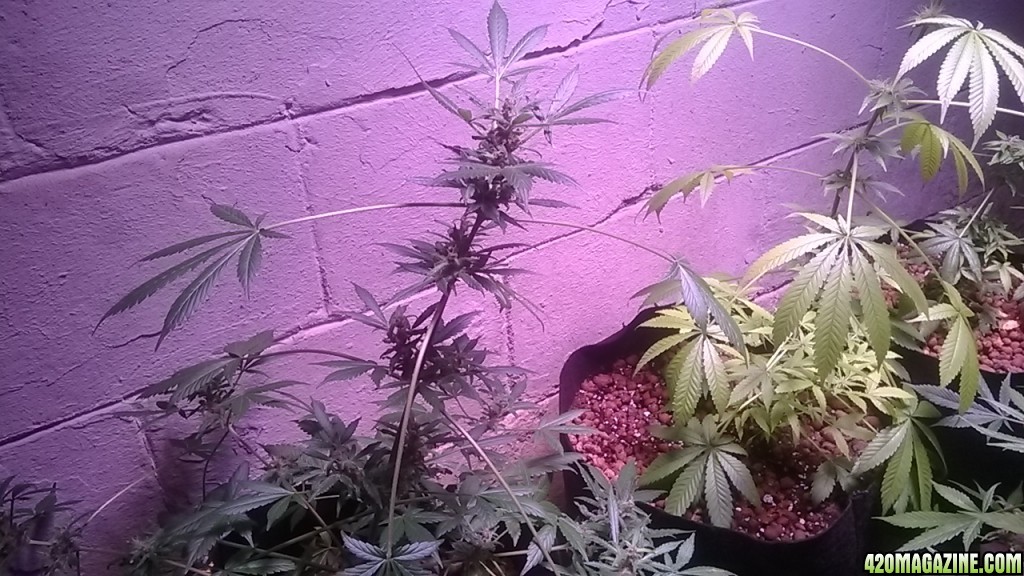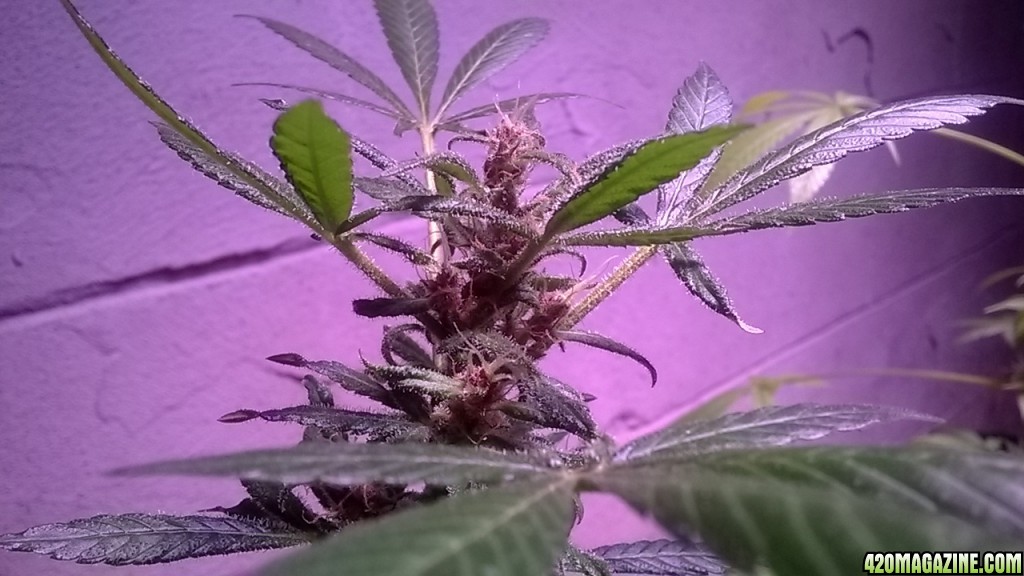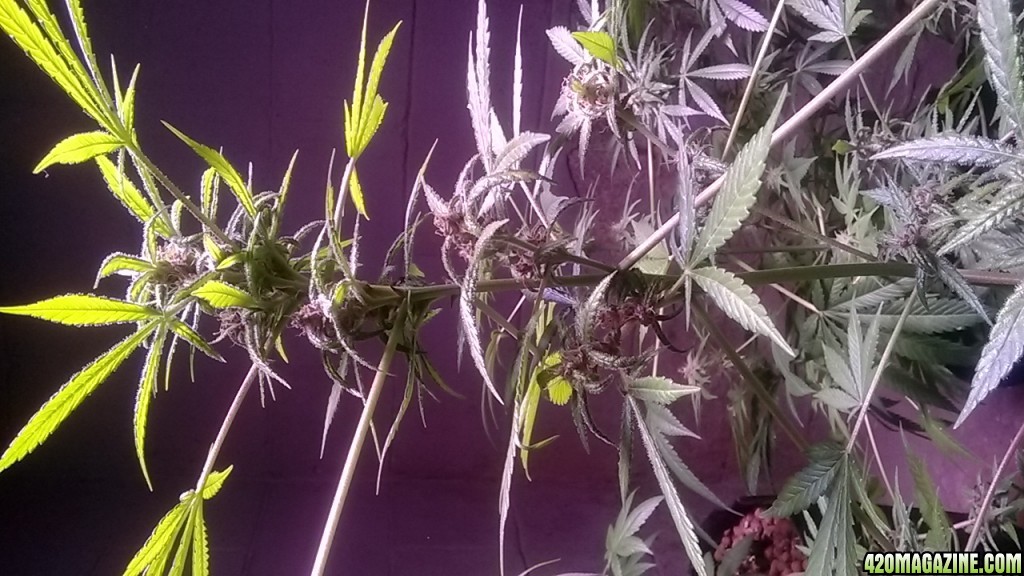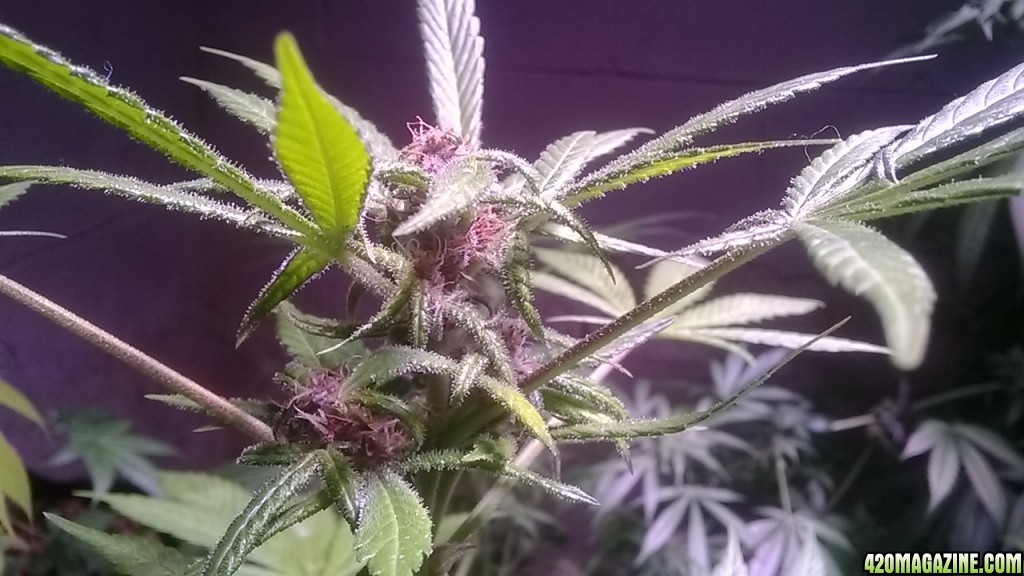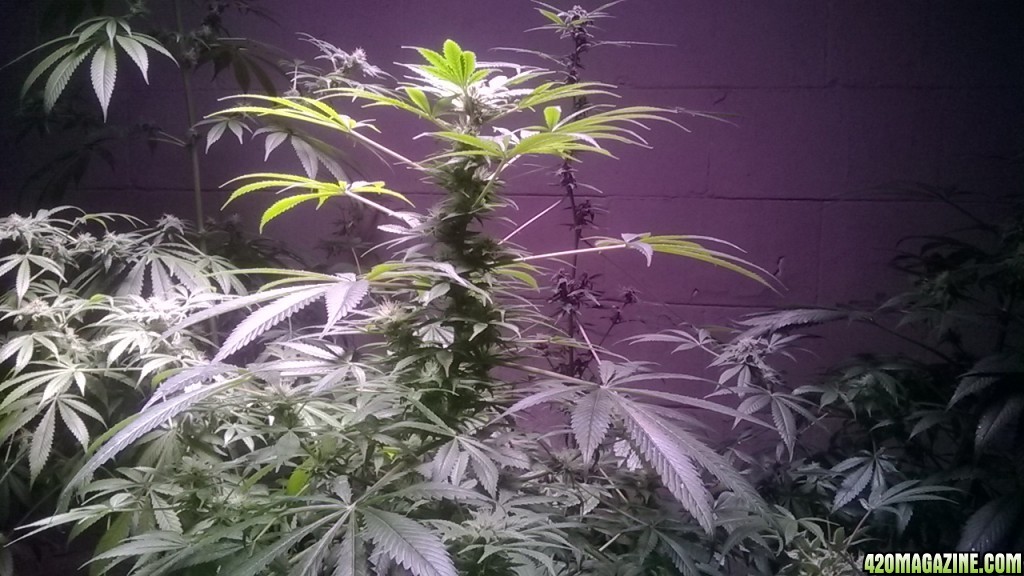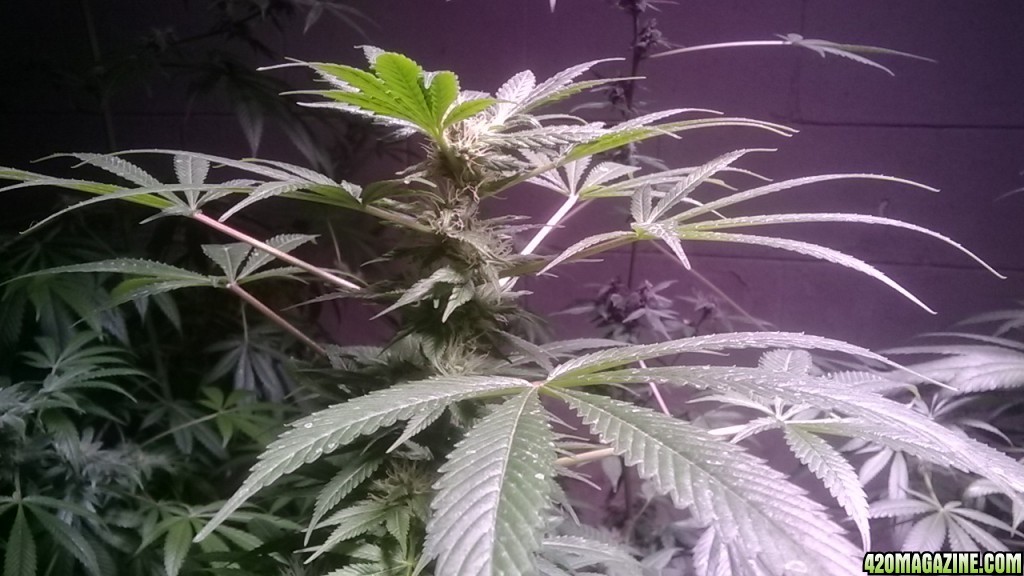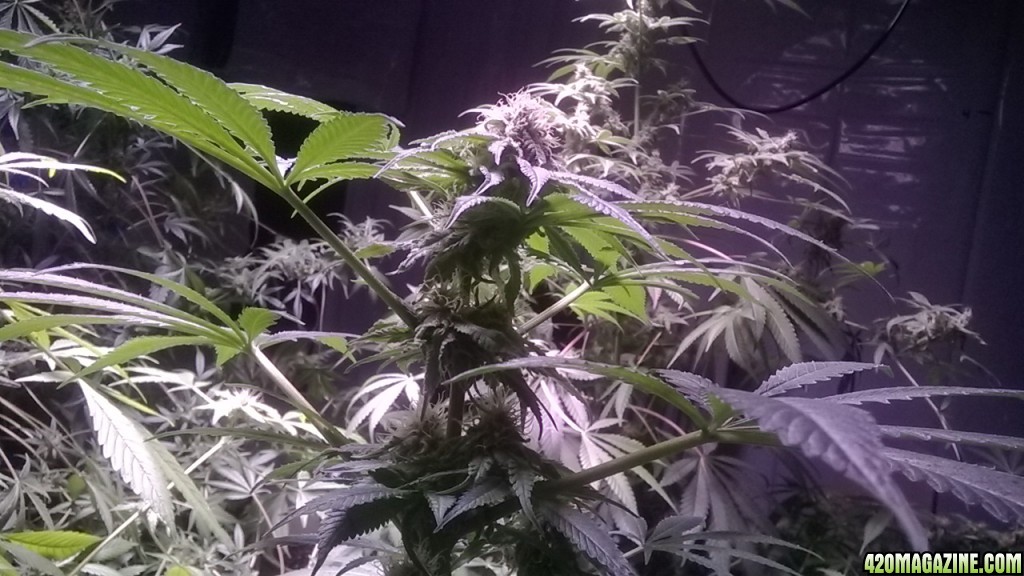- Thread starter
- #181
CatnipTC
Well-Known Member
Subbed upLooking good! Nice light
~HP

 I truly appreciate the Visit
I truly appreciate the Visit
I love the light so much I'm going to get another one ASAP. Hopefully a 6module ver. of the perfect sun 1000 I sound like a walking commercial but this isnt even a sponsored thread but this light is the Shiznitz if you in the Market for one. Light will pay for itself with the first grown alone if you follow neils instructions and put it on a mover






